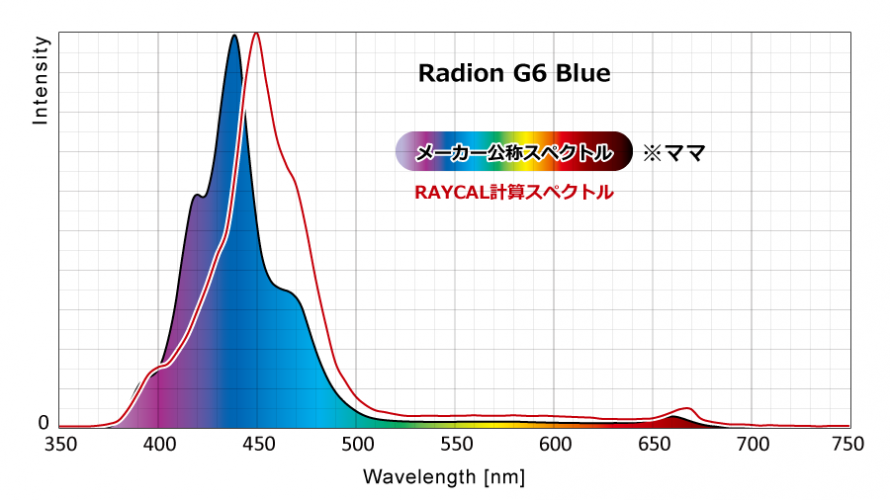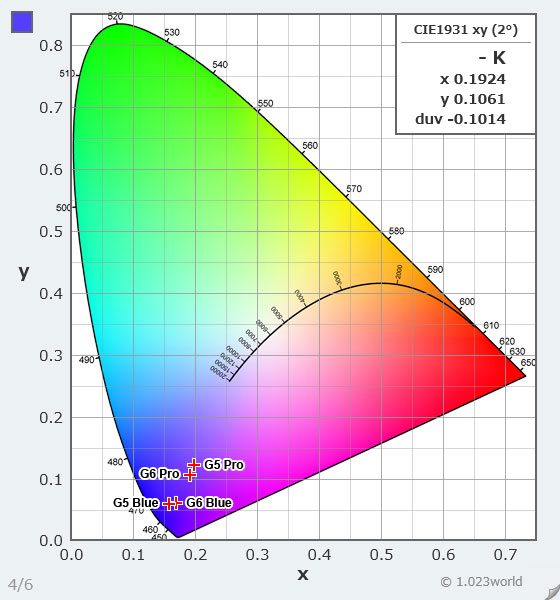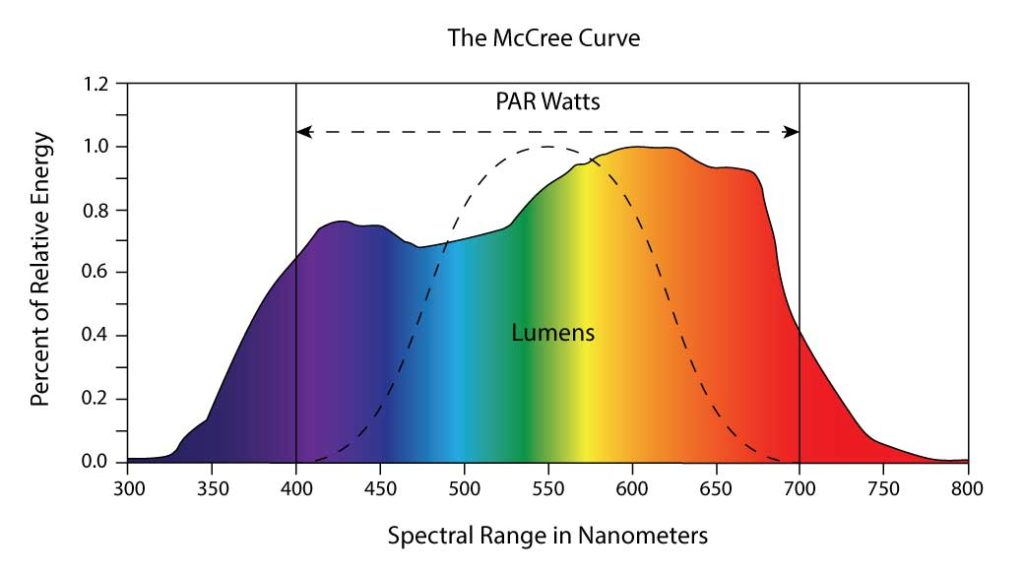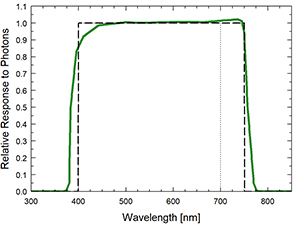I have been looking at the G5 to G6 blue changes and the spectrum is a bit puzzling.
G5 XR30 Blue 430/Royal Blue/ Blue diode count: 6/40/24
G6 XR30 Blue 430/Royal Blue/ Blue diode count: 12/32/32
This is the data published by Ecotech and similar to results from BRS testing:


Doing a basic spectral reconstruction of the G5, then using the diode ratios to adjust, we should expect something like this:
(200% of 430, 80% of the Royal (450 nm), 33% more Blue (~460 nm))

Looking at the BRS Pro spectra, it almost looks like the 400-500 nm spectrum is identical to the blue spectra even though the diode ratio is significantly different.
G5 XR30 Pro 430/Royal Blue/ Blue diode count: 4/32/24
G6 XR30 Pro 430/Royal Blue/ Blue diode count: 8/32/16
Note that the Pro spectra does seem to be inline with the diode ratio adjustments.
(double 430, same 450, 33% less 460)

Software bug? Driver limit? Power Supply limit?
If it was just the Ecotech data, it could be a graphic error on the website, but with BRS showing their graphs it appears to be real.
Very odd.....
G5 XR30 Blue 430/Royal Blue/ Blue diode count: 6/40/24
G6 XR30 Blue 430/Royal Blue/ Blue diode count: 12/32/32
This is the data published by Ecotech and similar to results from BRS testing:
Doing a basic spectral reconstruction of the G5, then using the diode ratios to adjust, we should expect something like this:
(200% of 430, 80% of the Royal (450 nm), 33% more Blue (~460 nm))
Looking at the BRS Pro spectra, it almost looks like the 400-500 nm spectrum is identical to the blue spectra even though the diode ratio is significantly different.
G5 XR30 Pro 430/Royal Blue/ Blue diode count: 4/32/24
G6 XR30 Pro 430/Royal Blue/ Blue diode count: 8/32/16
Note that the Pro spectra does seem to be inline with the diode ratio adjustments.
(double 430, same 450, 33% less 460)
Software bug? Driver limit? Power Supply limit?
If it was just the Ecotech data, it could be a graphic error on the website, but with BRS showing their graphs it appears to be real.
Very odd.....





















